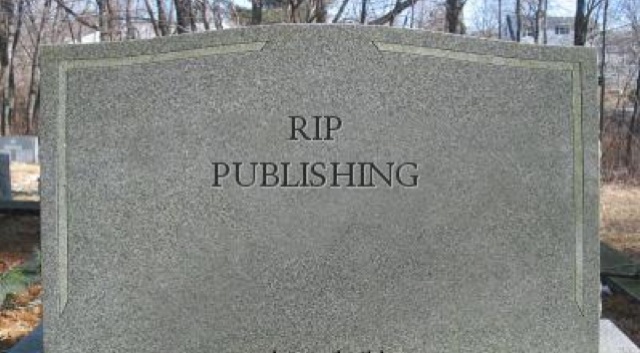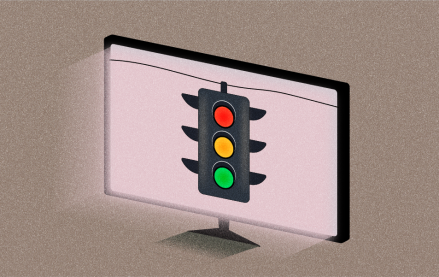
New media intellectual, author and professor Clay Shirky is not optimistic about publishing, at least as an industry. For Shirky, publishing is no longer a job or an industry, it is a “button.” As Shirky points out in this interview with Findings, publishing doesn’t take a special class of specially trained people, it just takes WordPress. Now publishers are left struggling to manufacture demand for their products (see his thoughts on the Kindle).
The question isn’t what happens to publishing — the entire category has been evacuated. The question is, what are the parent professions needed around writing? Publishing isn’t one of them. Editing, we need, desperately. Fact-checking, we need. For some kinds of long-form texts, we need designers. Will we have a movie-studio kind of setup, where you have one class of cinematographers over here and another class of art directors over there, and you hire them and put them together for different projects, or is all of that stuff going to be bundled under one roof? We don’t know yet. But the publishing apparatus is gone. Even if people want a physical artifact — pipe the PDF to a printing machine. We’ve already seen it happen with newspapers and the printer. It is now, or soon, when more people will print the New York Times holding down the “print” button than buy a physical copy. The original promise of the e-book was not a promise to the reader, it was a promise to the publisher: “We will design something that appears on a screen, but it will be as inconvenient as if it were a physical object.” This is the promise of the portable document format, where data goes to die, as well.
See the full interview here.
More in Media

What publishers are wishing for this holiday season: End AI scraping and determine AI-powered audience value
Publishers want a fair, structured, regulated AI environment and they also want to define what the next decade of audience metrics looks like.

Media giant Essence launches a marketplace for Black women-led brands
Essence has launched WeLoveUs.shop, a new online marketplace dedicated to Black women-led brands.

In Graphic Detail: The state of AI referral traffic in 2025
The stats reveal a new audience pipeline forming outside of traditional search and social platforms.





